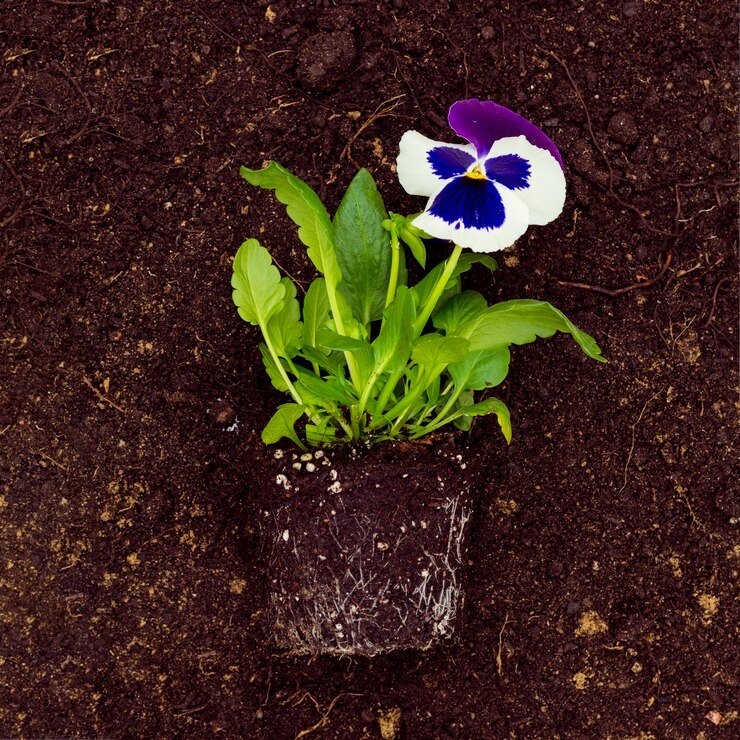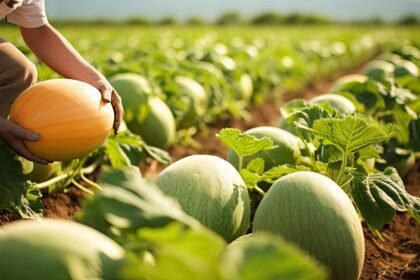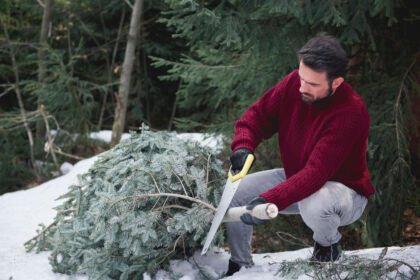plants for ground cover. We list 20 of the best.
Naturally slow-growing, visually pleasing mounds or carpets are created by ground cover plants. They soon cover the barren dirt on the ground. They frequently require little care and are evergreen.
Fill in the spaces left by gaps in a border as well as those hard-to-plant locations at the bases of shrubs using ground cover plants. In addition, they can serve to conceal the exposed ‘legs’ of roses, enhancing their blossoms. Additionally excellent for covering difficult-to-reach areas, including slopes, are ground cover plants. Some can be grown in place of lawns as well.
Ground cover plants effectively reduce weeds by covering the soil. They can aid in retaining soil moisture and nutrients since they function similarly to a mulch. Because their roots keep everything together when it rains, some can even aid in reducing soil erosion on slopes.
Select ground cover plant kinds based on how well they fit into the soil and design of your garden. It will be challenging to get rid of weeds after the plants are in, so make sure you completely weed the area before planting.
Hardy geraniums
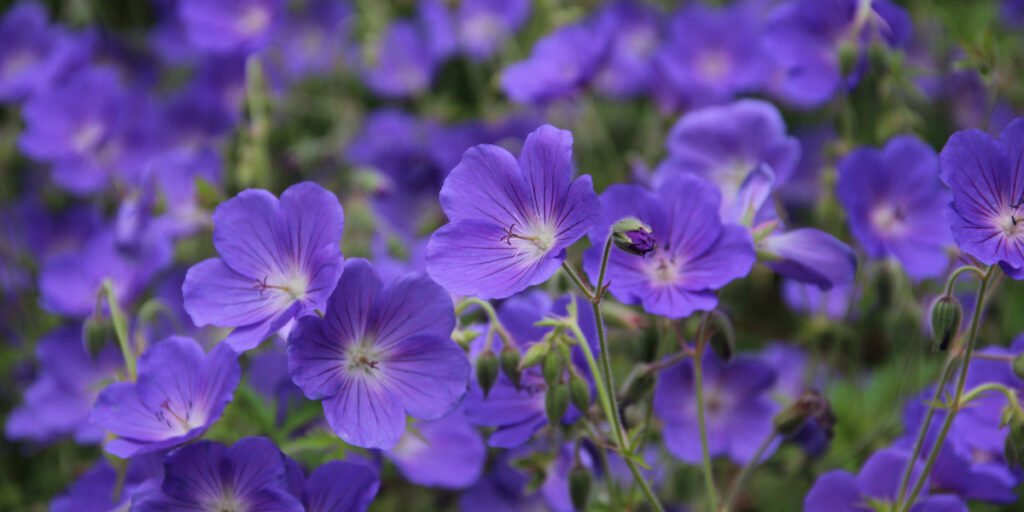
plants for ground cover
Hardy geraniums are very adaptable plants that can grow in most types of soil, in both sun and shade. White plants are versatile and complement various planting designs, enhancing the beauty of borders, roses, and shrubs, and are available in pink, blue, and white hues.. Since they are not evergreen, the leaves on them wither in the winter, but they are a favorite with bees and bloom for several months, from late spring to early fall. Geranium ‘Rozanne’ (also known as ‘Gerwat’) is one of the most hardy geraniums; its bright blue blooms brighten the garden for months during the summer.
Spread x Height: 60 x 90 cm
‘Flower Carpet’ roses
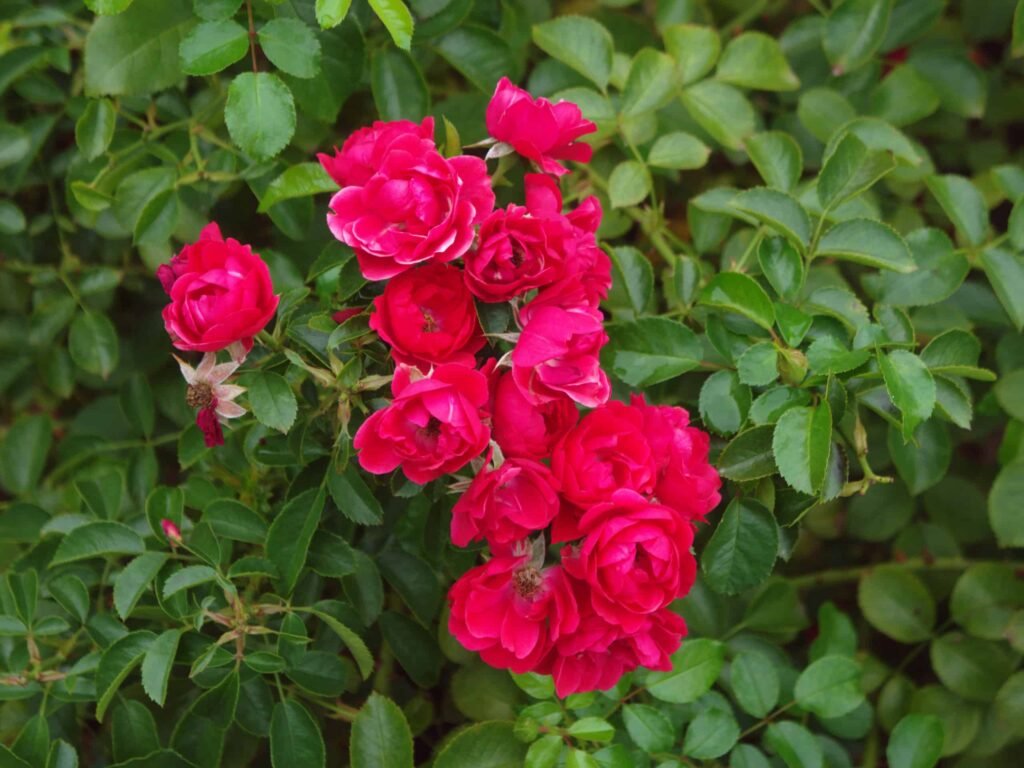
plants for ground cover
As the name implies, “Flower Carpet” roses are a kind of rose that are cultivated as ground cover, producing a carpet of blooms. Their foliage is semi-evergreen, and they feature semi-double blooms. White plants, an interesting addition to any protected area, offer a variety of hues and can be used to hide slopes or enhance border designs.
H x S: 50 cm x 1 m
Also Reading: I found treasure while digging the soil for the garden
Bellflower
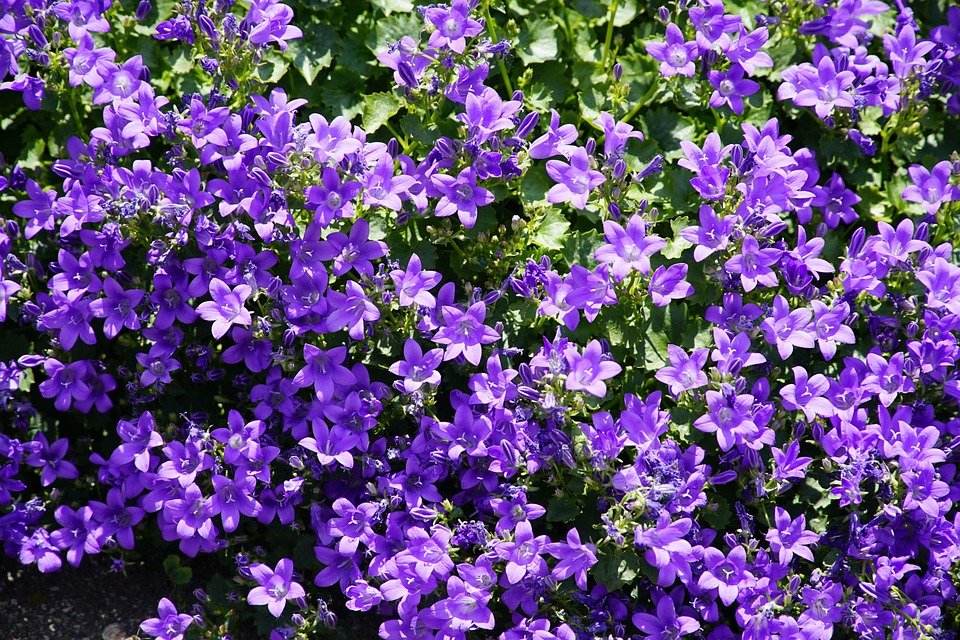
plants for ground cover
Low-growing, clump-forming perennials, such as Campanula portenschlagiana and Campanula carpatica, are good choices for filling up the front of a raised bed, gravel garden, or sunny border. From June to September, they bear blue, bell-shaped blooms atop lovely foliage. Since they are not evergreen, the leaves will wither away in the winter. Grow on soil with good drainage.
H x S: 60 cm x 20 cm
Lily of the Valley
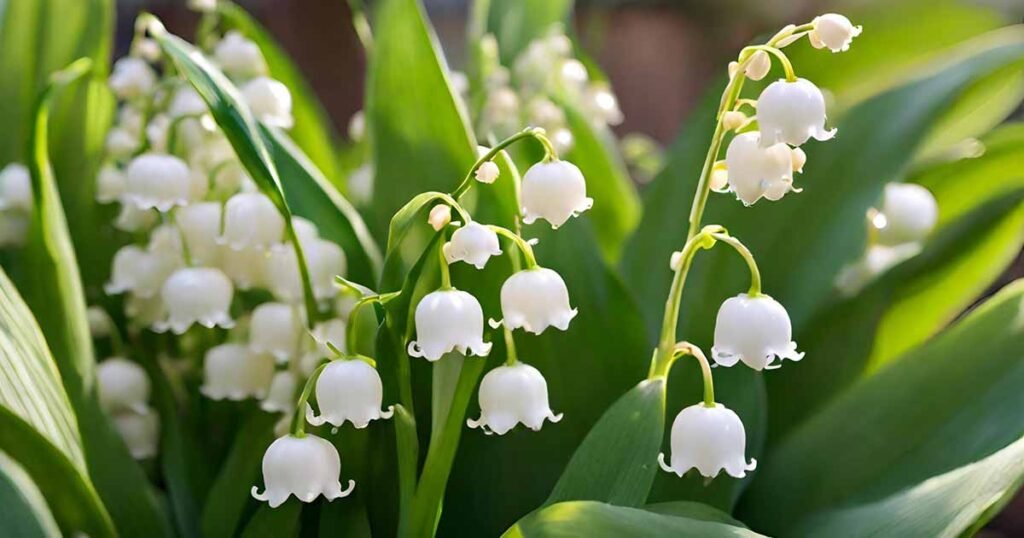
plants for ground cover
Convallaria majalis, often known as lily of the valley, is a great ground cover plant for a forest garden or shaded border. The white flower produces fragrant, late-April blooms that works well in shade, spreading rapidly and enhancing its beauty as a cut flower.. Soil should be wet for growth. Since lily of the valley foliage is not evergreen, it will wither away in the winter.
H x S: 20 x 30 cm
Lesser periwinkle, Vinca minor
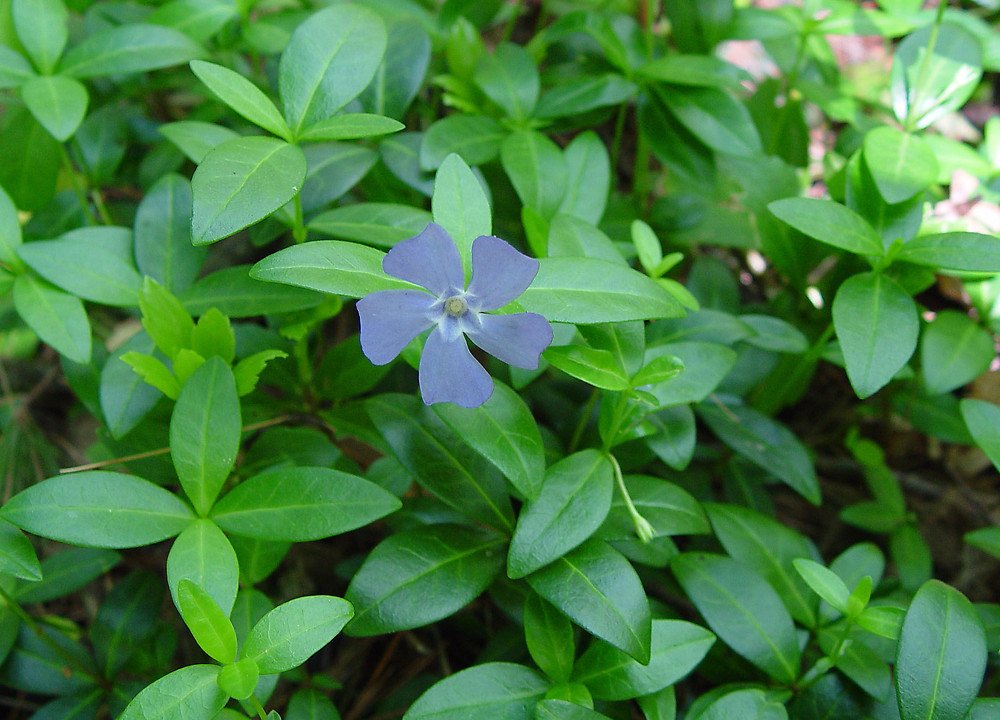
plants for ground cover
Vinca minor, the smaller periwinkle, is known to be a bit of a rough guy on a border. But this plant might be helpful if you have a difficult region to cover, such dry shadow. It has beautiful blue or purple blooms in the spring and summer and is an evergreen that grows quickly. Periwinkle grows on almost any type of soil or surface.
H by S: 20 x 50 cm x 2 m
Heuchera
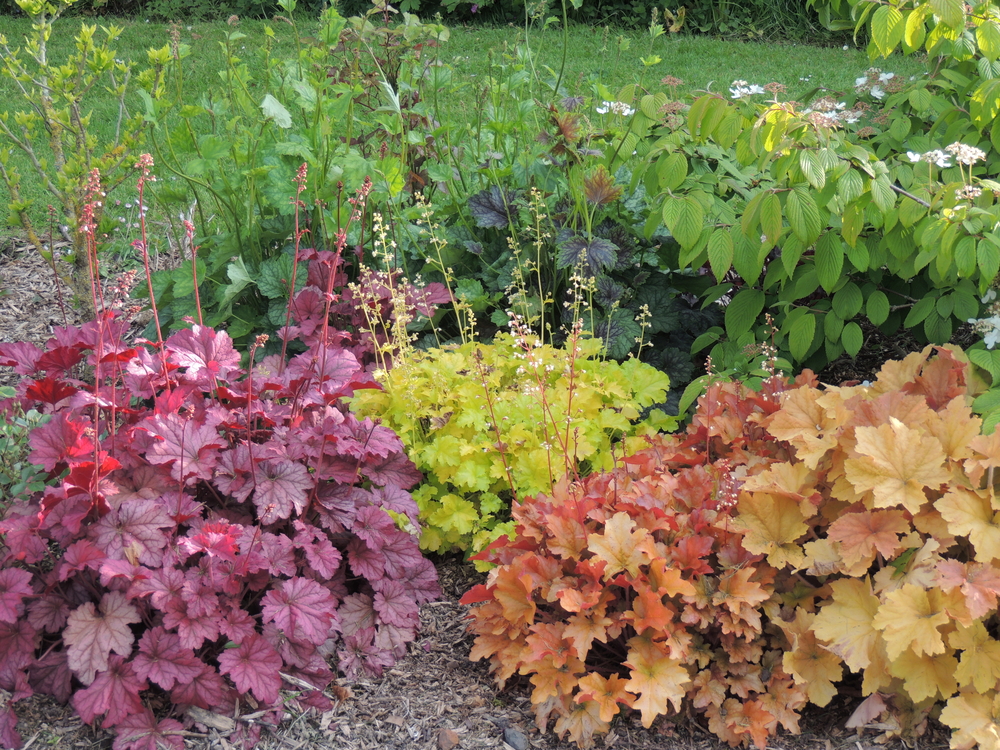
plants for ground cover
Heucheras are cultivated for their beautiful, evergreen, scalloped leaves, which come in a variety of hues including green, mild orange, crimson, purple, and nearly black. In a shaded area, they provide valuable ground cover and form eye-catching clusters. In the summer, they also produce spikes of small flowers.
H x S: 30 x 35 cm
Aubretia
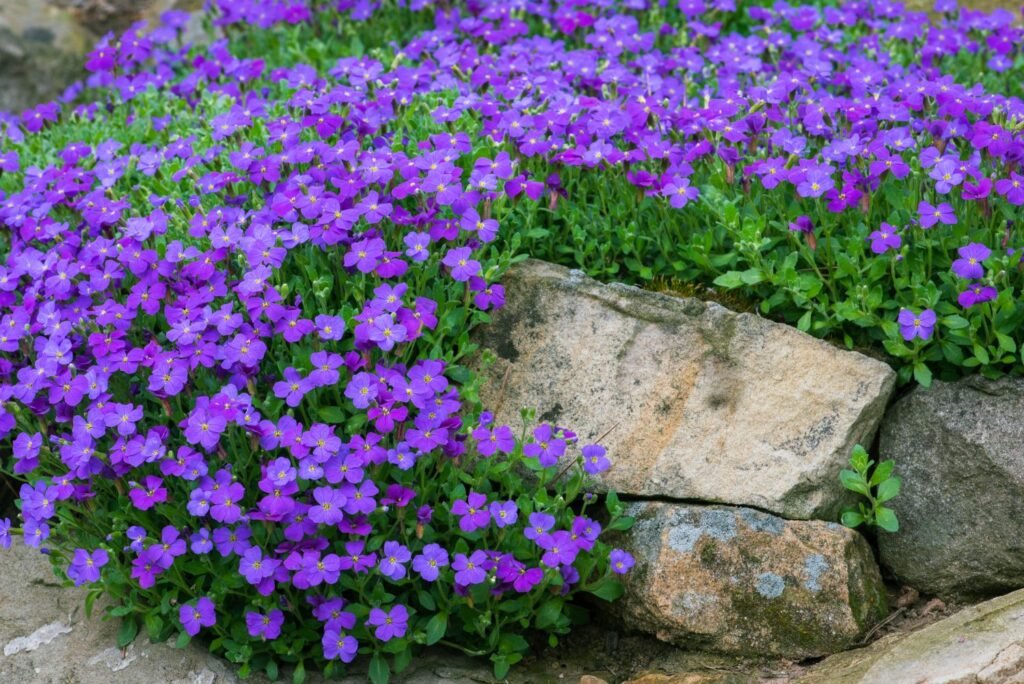
plants for ground cover
Spring is heralded by vibrant clusters of aubretias, which are primarily blue and purple in color but can also be red or pink. Walls and rocky slopes are ideal locations for growing plants, requiring full sun and well-drained soil, and thrive in rockeries and gravel gardens. If you trim them back after they blossom, they can give you another flush in the summer. Being non-evergreen, aubretias will wither away in the winter.
H x S: 20 x 40 cm
Heather
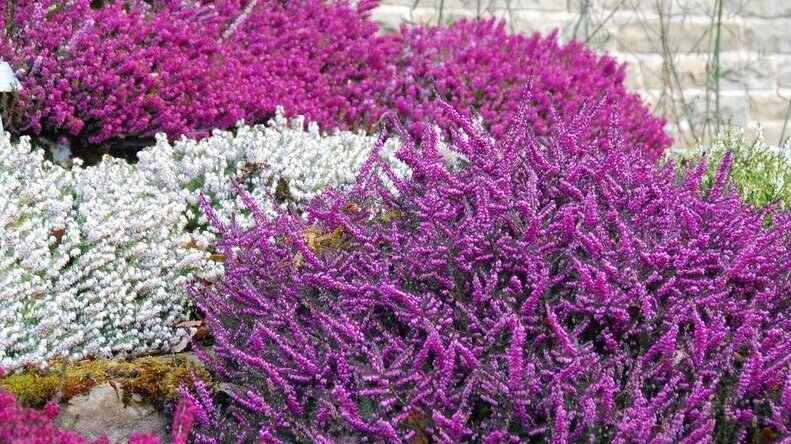
plants for ground cover
Evergreen shrubs with a modest growth habit, heathers make great ground cover plants. Originally from heaths and moorlands, they thrive in sunny spots with acidic soil. The colors of the blooms include red, pink, purple, and white. There are two primary varieties: ericas bloom from winter to spring, while calluna heathers bloom from late summer to winter. Bees are quite fond of the blooms.
H x S: 20 x 40 cm
Lavender

plants for ground cover
Lavender is a wonderful choice for covering a sunny spot, along a path, planting beneath roses, and front of a border. Try the traditional kinds, Lavender ‘Hidcote’ and ‘Munstead’. Lavandula angustifolia is more resilient, long-lived, and evergreen than French and Spanish lavenders. Bees find the blossoms to be highly appealing. Grow in a sunny position with well-drained soil, and trim back after flowers to keep plants tidy. In the spring, give them another little cut.
H x S: 40 x 50 cm
Crocosmia

plants for ground cover
Crocosmia, formerly known as montbretia, is seen growing en masse on cliffs in Cornwall, where it has naturalized. In late summer, crocosmia rises from subterranean corms to create thick clusters that eventually produce a yellow, orange, or crimson carpet. If you live in a chilly climate, grow in a bright, protected spot and mulch throughout the winter.
H x S: 60 x 80 cm
Wildflower mix

plants for ground cover
Why not think about creating a wildflower meadow if you need to swiftly cover a vast area, particularly one that has poor soil or is difficult to plant? Numerous seed mixtures with a combination of annuals, perennials, or both are available for various soil types and aspects. Additionally, ready-sown wildflower grass is available for purchase. It is laid over a prepared surface similarly to carpet. The colors will shift with the seasons, and the blooms are great for animals, of course. Meadows are comparatively minimal maintenance, just needing one or two annual cuts. You may even think about turning all or a portion of your lawn into a wildflower meadow. This is particularly helpful if you have a difficult-to-mow area of your lawn, such a slope.
H x S: 1 m x 3 m
Creeping herbs

plants for ground cover
Herbs that spread widely and grow slowly are ideal for covering large areas of land or replacing grass, and they also provide flavor to food. The bees also love their flowers very much. Try thyme, oregano, camomile, or prostrate rosemary (an evergreen with beautiful blue blooms in early spring) in a sunny position. It can also aid in preventing soil erosion on a sloping location because of its deep roots. Try sweet woodruff (Galium odoratum) in a shaded area; it grows well beneath trees in unfriendly spots and produces starry white blooms in the spring. Because of its hay-like scent and ability to be dried and used as an insect deterrent or in potpourri, it is also known as the hay plant. Alternatively, consider wintergreen, or Gaultheria procumbens, a low-growing evergreen shrub whose leaves have a minty flavor that may be dried and steeped. It prefers acidic soil and produces red berries in the winter.
H x S: 20 cm x 60 cm
Rock rose, Helianthemum

plants for ground cover
Helianthemums, also known as rock roses, are evergreen shrubs that grow in clusters and produce lovely, papery blooms in early and midsummer that come in a variety of colors, including yellow, orange, white, and pink. They look fantastic in a gravel or rock garden, especially in front of a sunny border. During hard winters, plants sometimes require protection.
H x S: a minimum of 30 x 50 cm
Pachysandra terminalis

plants for ground cover
The Japanese spurge, Pachysandra terminalis, has small white blooms in May and June and creates a thick, evergreen carpet of glossy, serrated leaves. It thrives in dry shade and is helpful in creating ground cover behind trees and plants. It is often cultivated as ground cover behind rhododendrons since it prefers acidic soil.
H x S: 25 cm x 60 cm
Mexican daisy, Erigeron karviskianus

plants for ground cover
Although Erigeron karviskianus, sometimes known as Mexican daisy or fleabane, is native to Mexico, it is more than content to spread across sunny gardens in the United Kingdom.Brick stairs and walls are ideal locations for the growth of a self-seeding plant, which requires minimal upkeep and blooms from May to November.. As the daisy-like blooms mature, they often become pink, and a single plant might have many blossom colors.
H x S: 40 cm x 40 cm
Epimedium

plants for ground cover
Epimediums, often called bishop’s hat or barrenwort, are evergreen plants with heart-shaped leaves and beautiful, nodding blooms in the spring. In a shaded area, they make excellent ground cover plants under trees or bushes. When paired with other spring-flowering plants, such as hellebores, they look gorgeous. Grow epimediums in acid soil with dappled shade for optimal results.
H by S: up to 30 cm by 30 cm
Brunnera macrophylla ‘Jack Frost’

plants for ground cover
The striking evergreen ground cover plant Brunnera macrophylla ‘Jack Frost’ has heart-shaped silver leaves with dark green veins. It’s ideal for adding brightness to a shaded area. It produces lovely blue blooms in April and May that resemble forget-me-nots and attract bees. Grow in shaded, moist, well-drained soil.
H x S: 45 x 60 cm
Elephant’s ears, Bergenia

plants for ground cover
Tough plants, bergenia (elephant’s ears) grow swiftly into thick clusters. They feature beautiful pink or purple blooms in April and May, as well as big, glossy, evergreen leaves, some of which have a hint of appealing red in the winter. They grow best in damp, well-drained soil in a protected area, although they may also withstand drought. Bergenias are much less vulnerable to slug damage than hostas, which are likewise excellent ground cover in shade.
H x S: 50 cm x 50 cm
Ferns

plants for ground cover
Ferns are appealing ground cover plants for a shaded location in a border or under a tree, thanks to their lovely leaves that unfold nicely in the spring. Plants, ranging in size and color, serve as a shade-loving counterbalance, resistant to pests and diseases, and require well-drained, moist soil.
H x S: starting at 20 × 20 cm
Beesia calthifolia

plants for ground cover
Beesia calthifolia is a great evergreen ground cover plant for an area in partial shade. It has attractive, heart-shaped foliage with pale green veins and bears tiny starry white flowers in late spring and early summer. The pods that follow the flowers are an added feature. It looks good growing with ferns and other shade lovers. Grow in moist, well drained soil.
H x S: 30cm x 30cm

